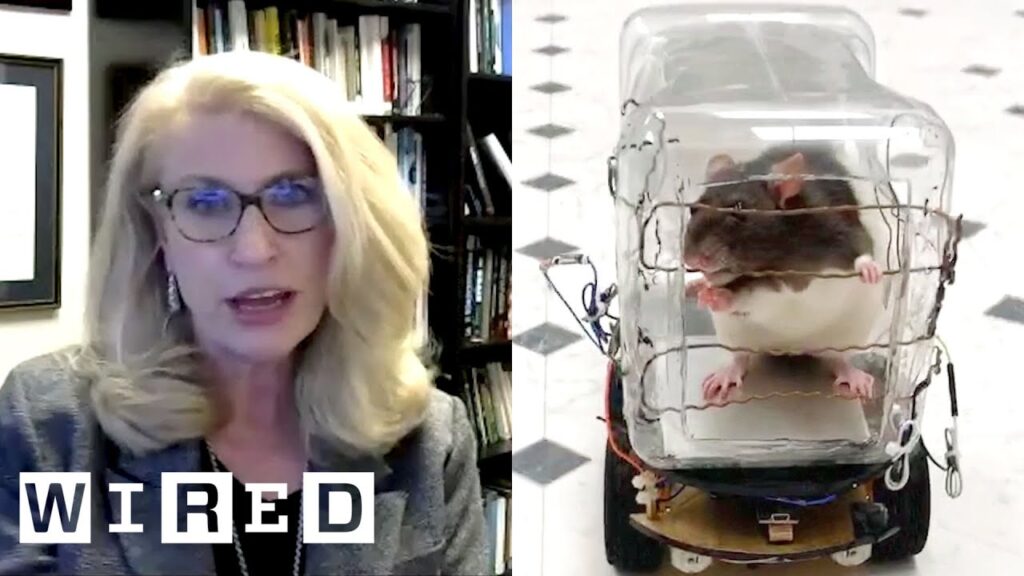The Fascinating Process of Creating Vinyl Records
Summary
In this article, we will explore the intricate process of creating vinyl records, from the use of lacquer to the final product. We will delve into the various stages of the process and the attention to detail required to ensure the final product sounds good.
Table of Contents
- The Cutting Process
- Electroplating and Stamper Creation
- The Pressing Process
- Quality Control and Inspection
- Final Steps
The Cutting Process
The process of creating a vinyl record begins with the use of lacquer to cut the record on a lathe machine. The lacquer is a delicate material that can be affected by various factors such as heat, humidity, and even greasy chicken fingers. During the cutting process, the lacquer is cleaned with nitrogen and methyl ethyl ketone to ensure its quality.
Electroplating and Stamper Creation
Once the lacquer is cut, it goes through electroplating to create a stamper, which is used to manufacture the record. The stamper is meticulously cleaned to ensure there is no dust or rust that can affect the quality of the record.
The Pressing Process
The pressing process involves placing PVC into the press and using high-pressure steam to create the record. The process of creating vinyl records involves passing steam and chilled water through the mold, which causes the material to flow from the inside out under pressure. Hydraulic pressure is then applied to spread and hold the material in place before introducing chilled water to lock in the shape. Different colors of PVC require specific temperatures to ensure the final product looks and sounds good.
Quality Control and Inspection
After production, the record undergoes a visual inspection and an audio quality control check. Audio issues such as swishy noises, stitching, or no-fill are identified and addressed. The entire process requires attention to detail and quality control to ensure the final product sounds good.
Final Steps
The final step involves flattening the vinyl, labeling, packing, and preparing it for shipping. Vinyl is a three-dimensional product that provides a sensory experience and is likened to a nutrient that heals and nourishes.
Conclusion
Creating vinyl records is a fascinating process that requires attention to detail and quality control to ensure the final product sounds good. From the use of delicate lacquer to the final product, the process involves several stages that require precision and care. Vinyl is a unique product that provides a sensory experience and is loved by music enthusiasts worldwide.







